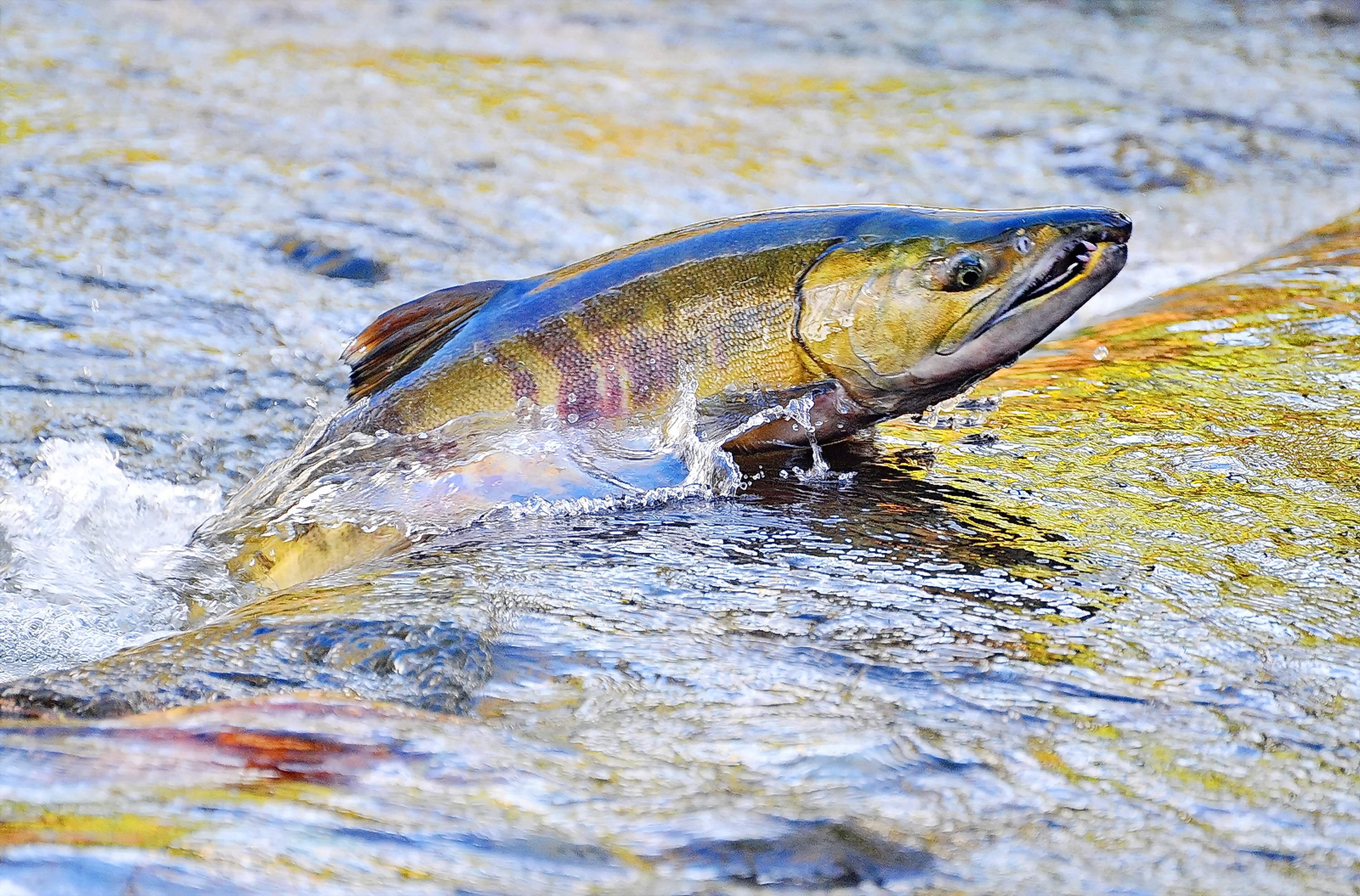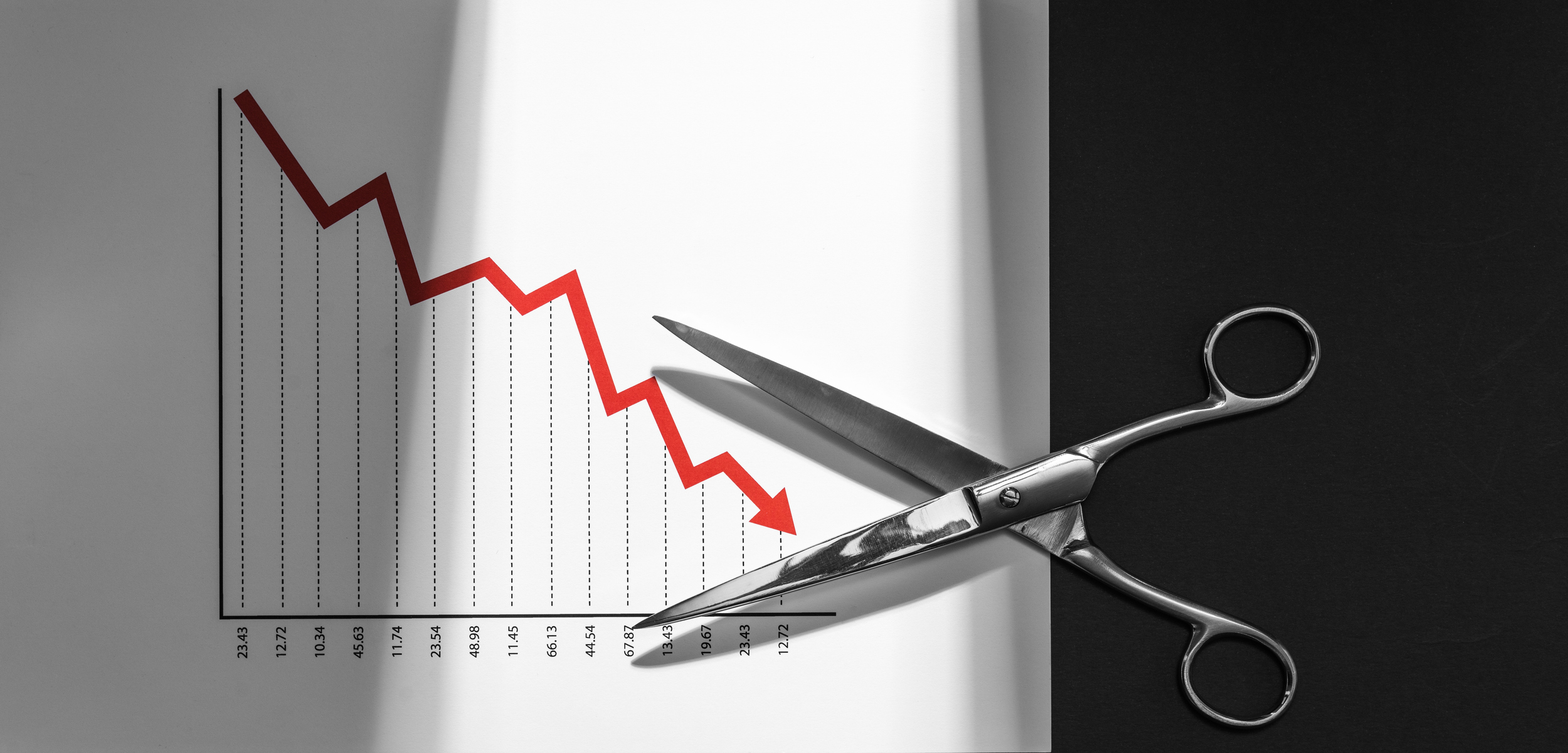The number of chum salmon passing the Bonneville Dam on the Columbia river last year was the highest since 1954 and more than triple the level from 2021. What does this remarkable increase mean about efforts to increase salmon populations?
Probably not very much. The one-year spike was likely caused by favorable ocean conditions.
But similar increases in chum returns elsewhere in the Northwest are being portrayed as evidence that removing net pens is increasing salmon populations. Those claims are being repeated uncritically by some in the media.
Writing about the death of another orca calf, Seattle Times environmental reporter Lynda Mapes repeats a series of false claims about salmon in the Pacific Northwest, including the claim about net pens.
Whatever her intention, misleading statements spread by Mapes distract from the real causes of salmon decline and encourage policymakers to waste time and money on ideological goose chases instead of focusing on efforts that will yield increases in salmon populations.
Here are a few of the problems with her latest column.
Noting the boom in chum salmon returns last year, Mapes implies the removal net pens were a major factor in the increase. Mapes wrote, “Three years after the fish pens came out, the 2024 chum runs kaboomed from Alert Bay in the Broughton Archipelago all the way to Puget Sound, with adult returns in this region increasing 10 to 20 times their usual numbers in one generation.”
Mapes hopes readers will connect the “kaboom” of chum near Vancouver Island and the Puget Sound with the removal of net pens. She does not mention the kaboom in the Columbia that is equal or greater than what occurred in Puget Sound and elsewhere, but far from the net pens near Vancouver Island. The population increase across such a wide range argues against local causes, like the impact of net pens.
To back up this assertion, Mapes cites a “recent study” by Alexandra Morton. The real problem is that the “study” isn’t a study at all. Although much of the discussion focuses on net pens (Morton is an activist on the issue), Morton and her co-author mention many other potential causes for the increase and they don’t draw conclusions. They write, “This report simply presents the remarkable pattern of the 2024 salmon returns.”
I emailed Morton about the strong returns on the Columbia, and asked, “Why would chum populations in the Columbia be impacted by net pens in the Strait or the inside passage?” She responded that, “As I note in my report, clearly marine survival for chum and other species increased in the ocean for this generation.” She added, “When it comes to Columbia salmon, I am curious how much is known about their juvenile outmigration routes?” Clearly, she is looking for a link to net pens, but ultimately she says she doesn’t know.
Morton’s report briefly mentions Washington state, writing that “The 2024 chum salmon return to Puget Sound was the highest in at least a decade,” noting that “Washington State close the salmon farms operating in Puget Sound at the Strait of Juan de Fuca.” Those net pens were only closed less than two years ago, after chum would have migrated out of the area. Despite the claim from Morton’s report that the “returns are consistent with the pattern” of seeing a big increase in chum after the removal of net pens, the timing is very different.
It is also notable that net pens in Puget Sound don’t have a problem with sea lice due to high salinity.
Once again, Mapes is selling a story that is not backed up by the data or even the sources she cites.
Mapes makes two additional misleading claims.
She wrote, “On the Elwha, where two dams were taken down to recover the river’s legendary salmon runs and habitat work continues, steelhead, coho and Chinook are coming back.” As we wrote in October 2023, coho populations have rebounded, which is great. Coho are more likely to take advantage of habitat opened up by removing fish barriers, whether they are small culverts or big dams.
Chinook, however, are still struggling and population increases have been slower than predicted. I spoke with a lead researcher working on the Elwha who said the small increases we have seen are likely due to the decade-long fishing moratorium for Chinook which remains in effect. He believes dam removal has helped but told me the impact thus far has been limited.
Whenever Mapes mentions the Elwha (she wrote a book celebrating the removal of the dams), she points to the dam removal but doesn’t mention the fact that there has been no harvest for a decade.
Finally, regarding the Southern Resident Killer Whales (SRKW), Mapes wrote, “Snake River spring/summer Chinook are of particular importance for their size and high fat content; they are crucial food in a lean season.” Again, this is misleading. The SRKW do eat Snake River Chinook, but those fish are not of “particular importance” any more than others are. NOAA Fisheries notes:
“This diversity of rivers across many hundreds of miles helps the whales hedge their bets so that if one or more rivers suffers low returns they have other options to turn to, and provides some resilience to large environmental patterns that might affect different portions of the ocean and salmon abundances along the coast differently. NOAA Fisheries worked with the Washington Department of Fish and Wildlife to develop an analysis of Chinook salmon stocks that are important to Southern Residents, which showed that the Snake River is one of many salmon rivers the whales rely on. Other rivers around the Salish Sea, where the whales typically spend much of the year, ranked higher in terms of value to the whales.”
The NOAA Fisheries paper goes on to note, “even if successful, recovery of Snake River fish alone is unlikely to reverse the continuing decline in whale numbers.”
Instead of citing the paper with that thorough discussion of Snake River Chinook and the SRKW written by NOAA scientists and staff in the West Coast region, Mapes cites a 2022 paper by Washington D.C. based political appointees at NOAA that has a conclusion that is more ideologically friendly, but less science-based.
Again, these errors and efforts to mislead about the impacts on salmon populations are not benign. They distract policymakers from the key challenges facing salmon across the region. The impression that destroying dams and removing net pens are key to salmon recovery is inaccurate or, at best, of limited benefit and a poor use of resources that could be better directed elsewhere.
Salmon are important and they deserve sound science, not word games.




